|
A sample of photos from Yemen 2009
|
|
|
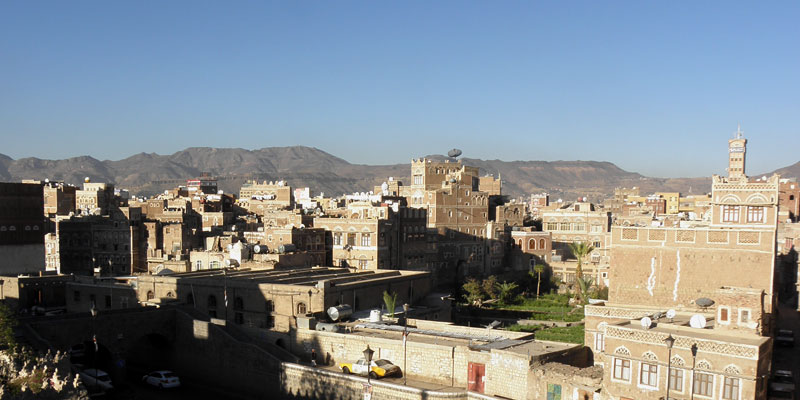 |
Early morning view from our room at hotel Arabia Felix in
the old part of Sana'a.
 |
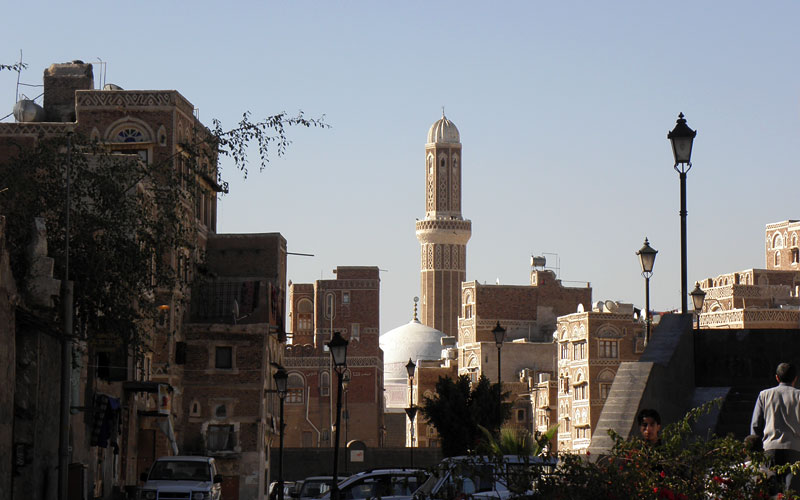 |
The old part of Sana'a.
 |
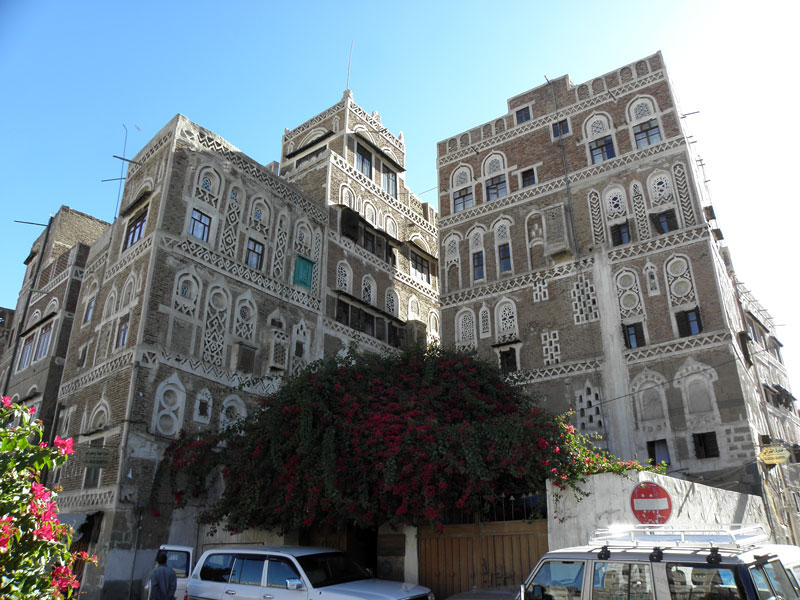 |
Our hotel Arabia Felix, located in the old town of Sana'a.
It is a so-called Funduk, which means a traditional house converted into
a hotel. Only 10 minutes walk to the Suq. Highly recommended as accommodation!
 |
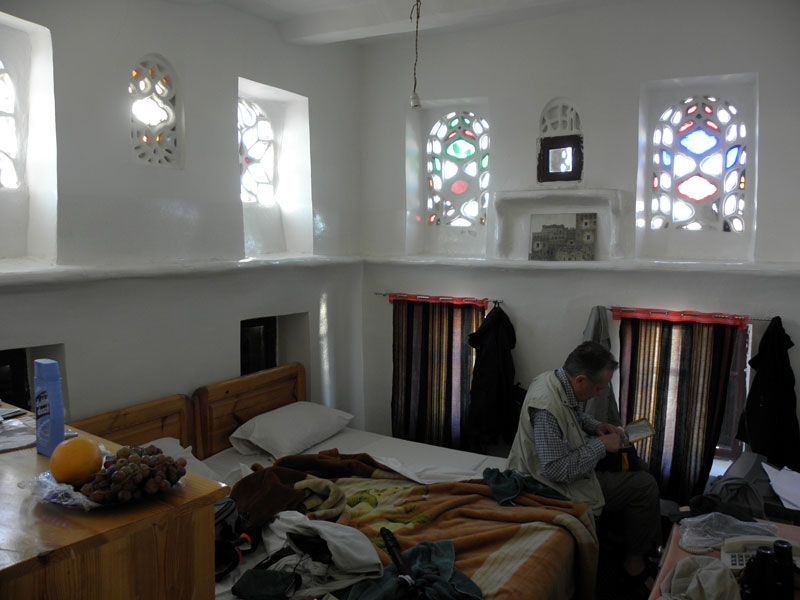 |
The rooms at Arabia Felix is just lovely with its peaceful
atmosphere and Kamerias (coloured windows).
 |
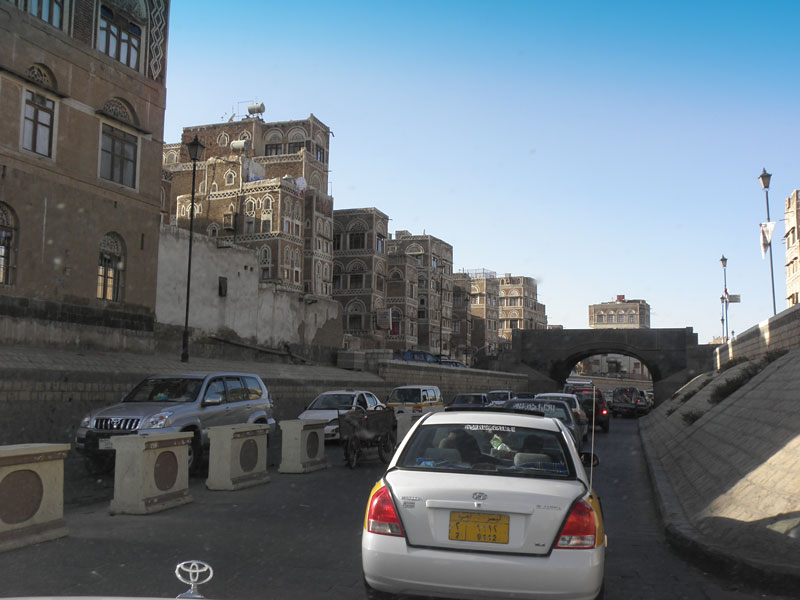 |
Wadi Al Saila in old Sana'a is used as street when dry. One
could just imagine how it would look when flooded during the rain period.
 |
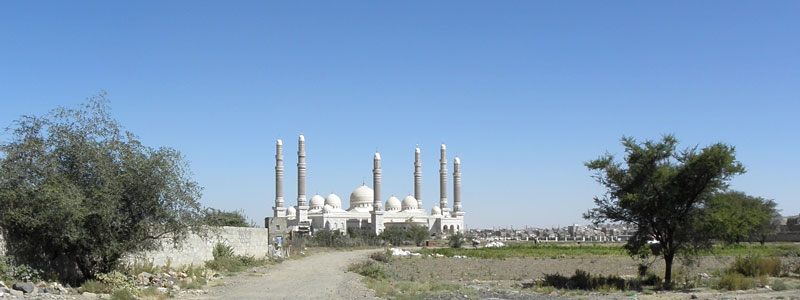 |
The al-Saleh’s mosque from a backyard point of view,
so to speak. The mosque has six minarets 100 meters high, in addition to
a number of domes. The main dome is 28 meters in diameter and 22 meters
high. Its cost is mounted to $60 million.
 |
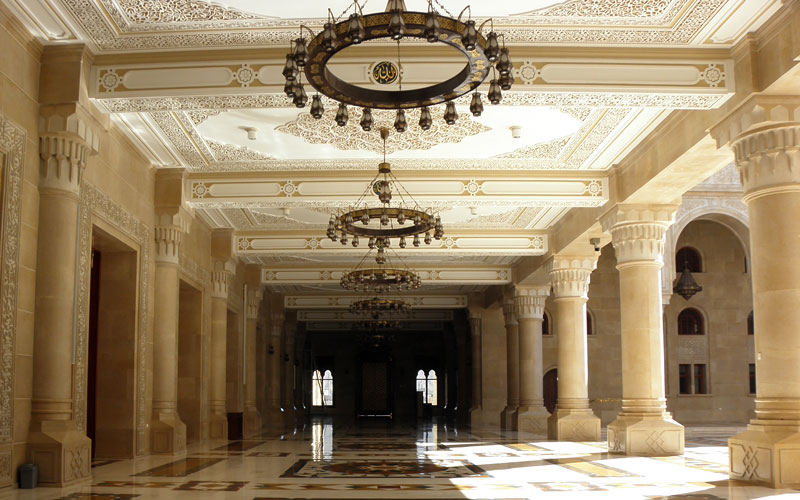 |
Interior of the Al Saleh mosque. The mosque can hold 44,000
worshipers, with a special women's section above this section.
 |
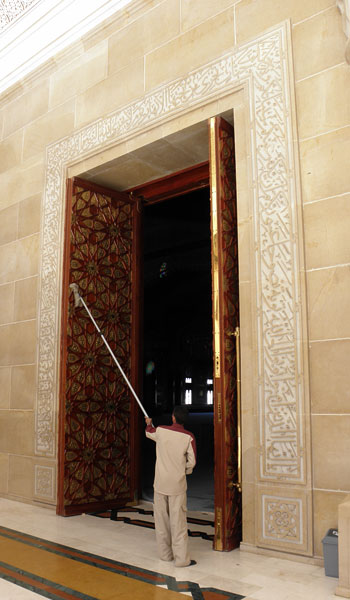 |
Cleaning one of the huge entrance doors.
 |
|
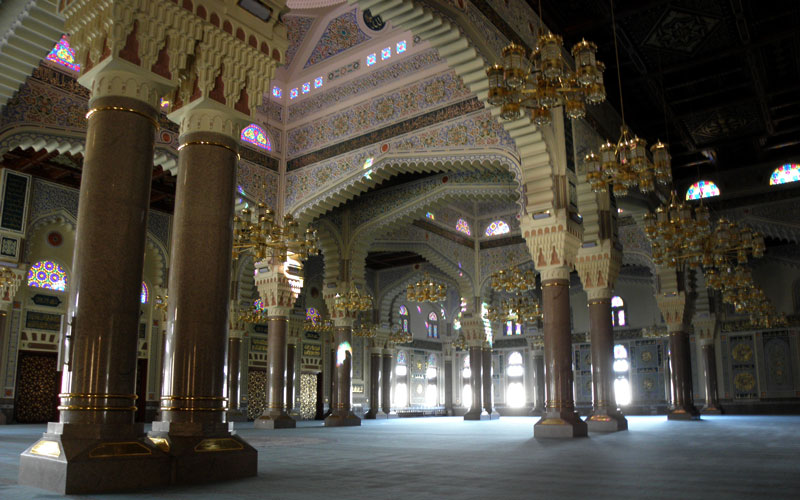 |
Only a part of the centre of the mosque. Beautiful and breathtaking,
but somewhat in contrast to the poor situation in the country.
 |
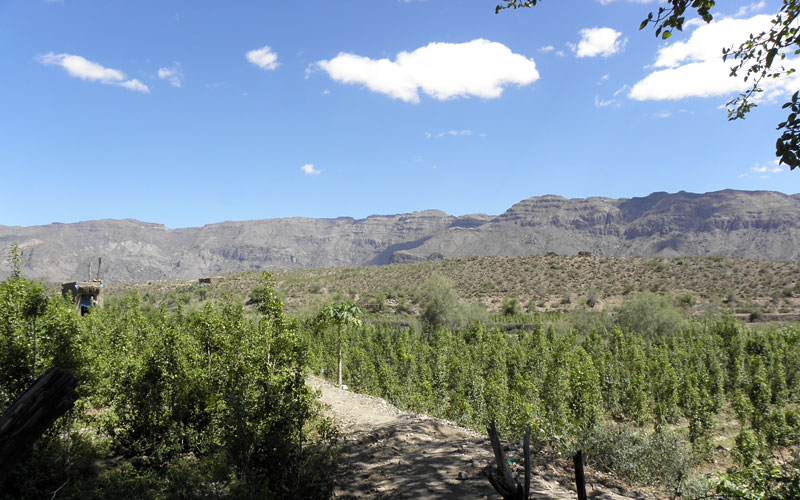 |
Nowadays its more profitable to grow qat instead of coffee.
Café mocha takes its name from the Red Sea coastal city of Mocha
(Al-Mukha) in Yemen, which as far back as the fifteenth century was a dominant
exporter of coffee, especially to areas around the Arabian Peninsula.
 |
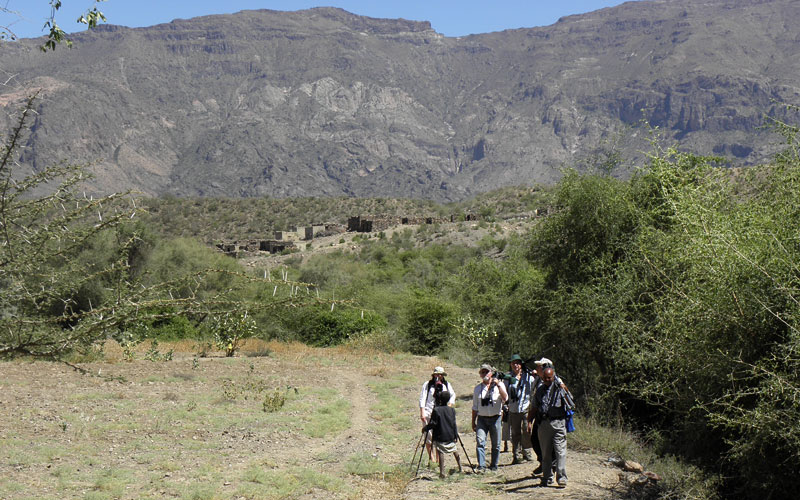 |
Birders at the wadi Hamman Caref. Here we spent most of our
first day with easy birding.
 |
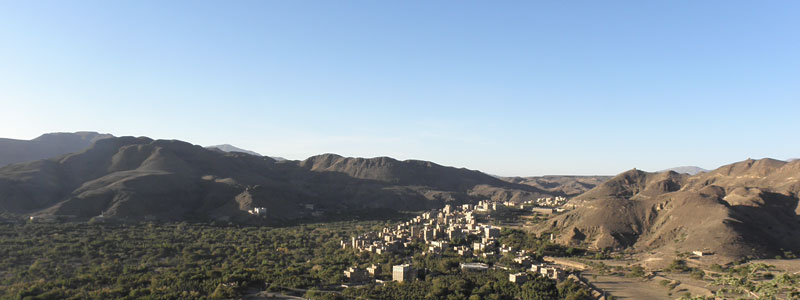 |
A village in a valley between Sana'a and Kawkaban.
 |
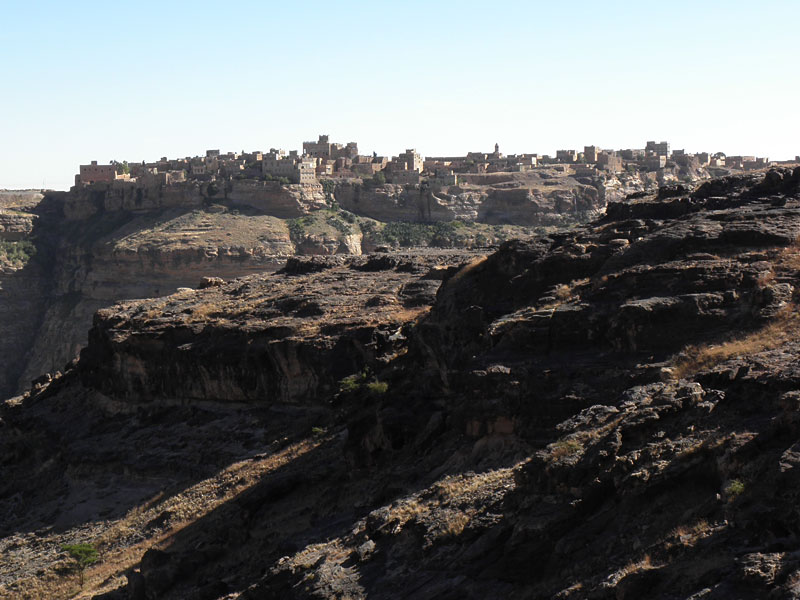 |
The city Kawkaban is located at an altitude of 3000 metres.
The area is famous and a reliable site for several endemic birds such as
Yemen Accentor, Yemen Trush, Arabian Serin, Yemen Serin and Linnet as well
as Blandford's Lark and Philby's Partridge.
 |
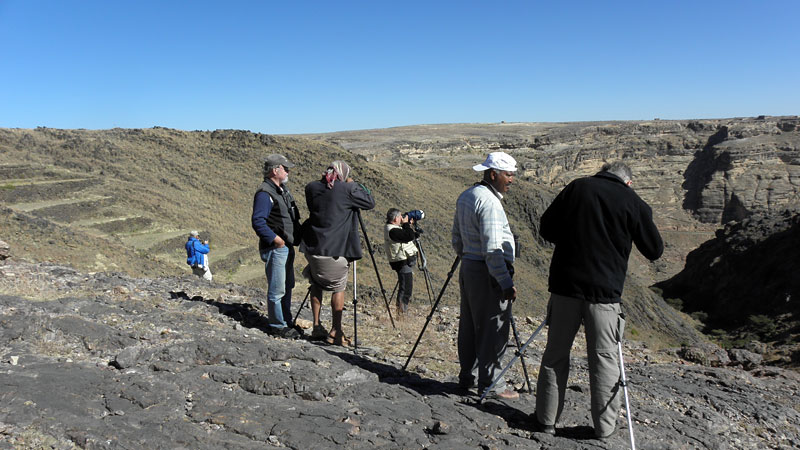 |
Happy birders and a Yemeni guy as they have found three Philby's
Partridge and one Arabian Partridge. Amazing landscape.
 |
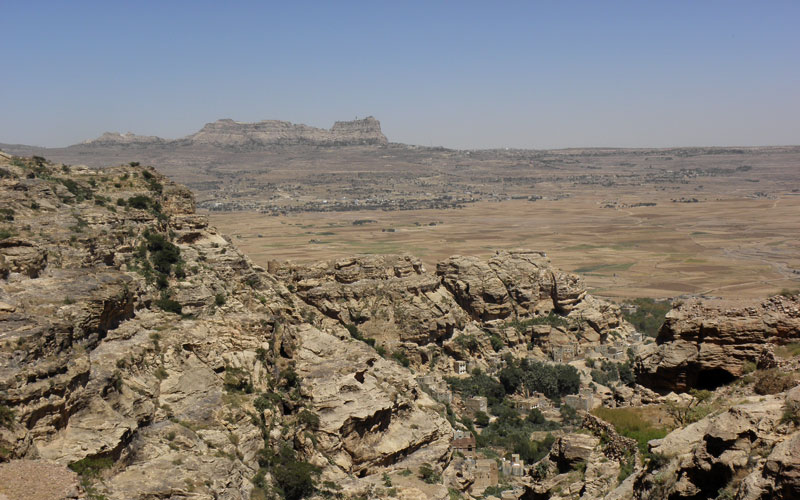 |
View from Kawkaban. If you scrutinize the picture you will
find houses here and there in the foreground.
 |
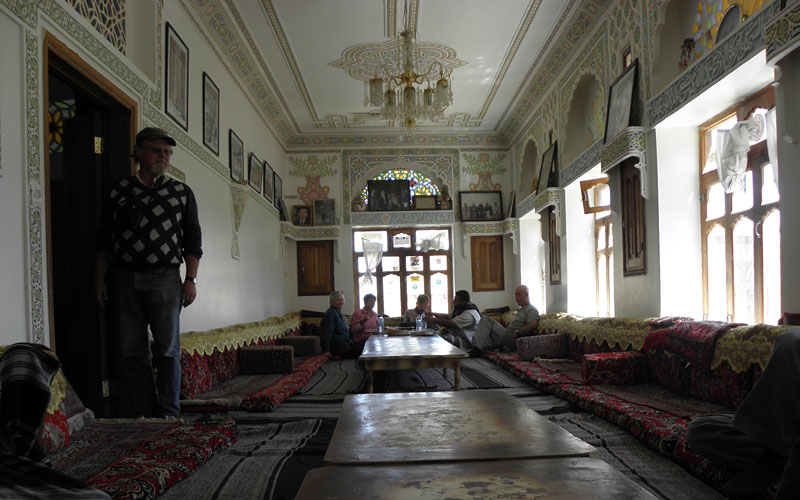 |
One of the dinner rooms in the lovely restaurant at Shibam,
close to Kawkaban. Göran Cederwall to the left.
 |
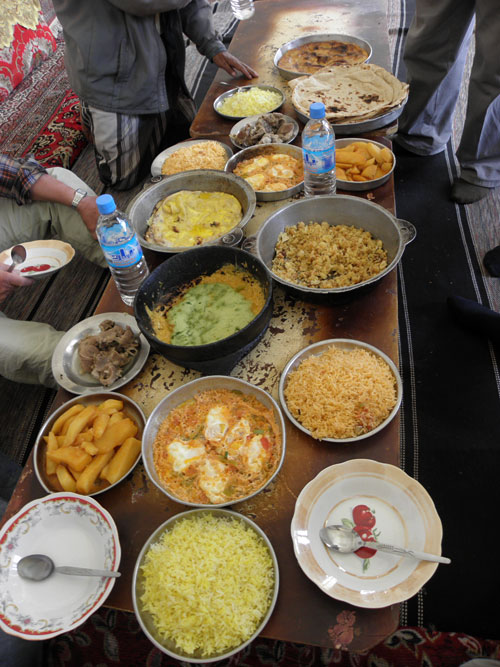 |
So very delicious Yemeni specialties!
 |
|
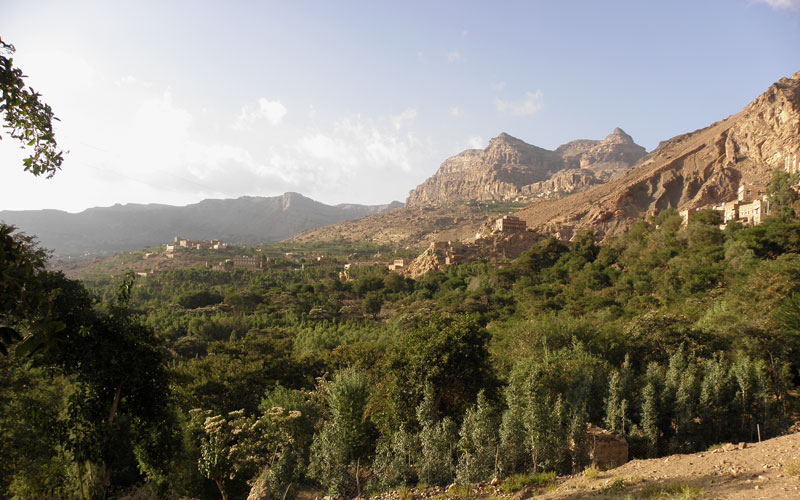 |
A beautiful woodland area named Serhat Mahal, which is a reliable
site for Arabian Woodpecker and lots of other bird species.
 |
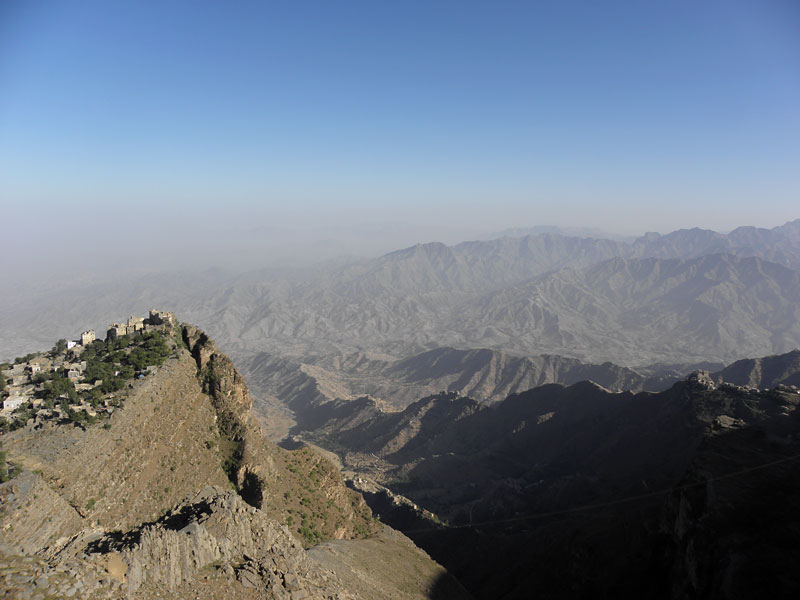 |
View from the Al Mahweet area, which hold a colony of Griffon
Vultures. The landscape in all directions was just dreamlike.
 |
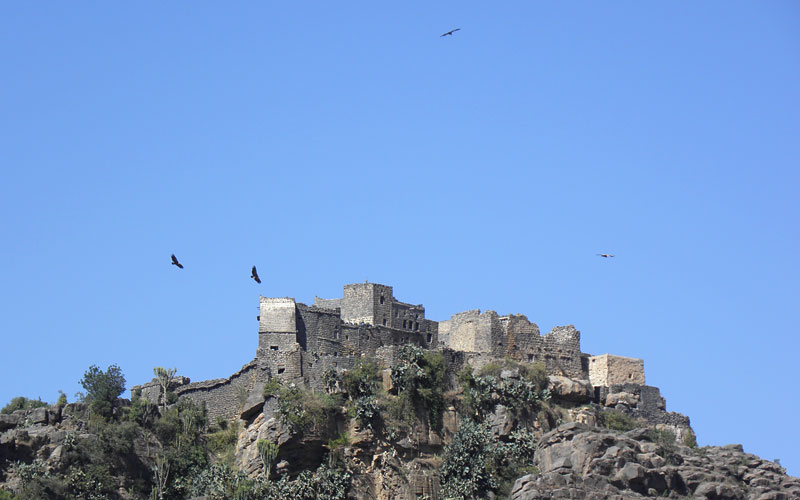 |
A small village and Griffon Vultures in the governate of Al
Mawheet.
 |
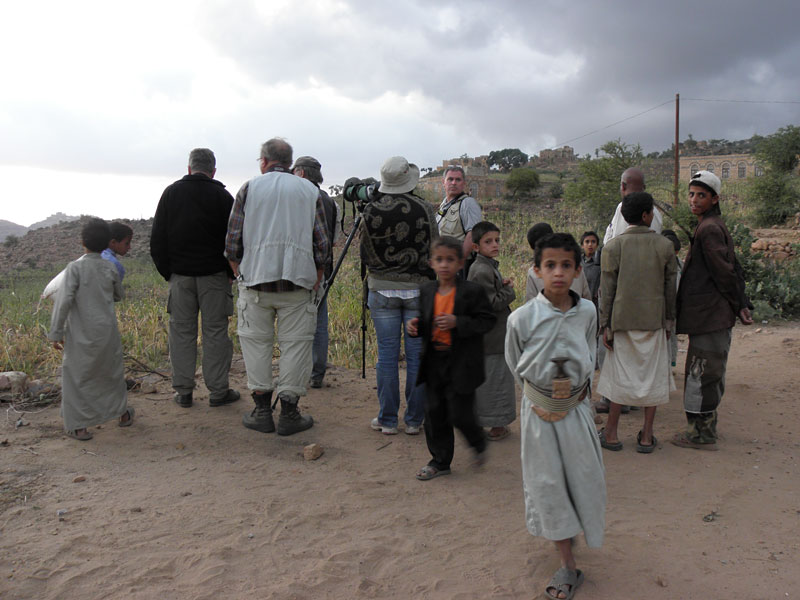 |
In late afternoon we visited a small village in hope to see
Cinereous Bunting. No luck, but as everywhere else our presence gathered
happy and curious children. Yousuf told them about birds, nature and environmental
issues. He is indeed a great ambassador for the protection of the Yemeni
wildlife and nature.
 |
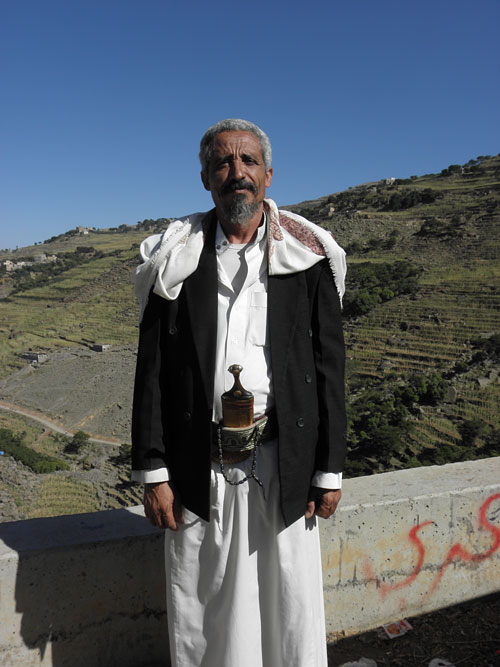 |
A proud Yemeni man with his jambiya. The make and look
of the dagger differs greatly according to region and the tribe, as
well as the social status of the owner.
 |
|
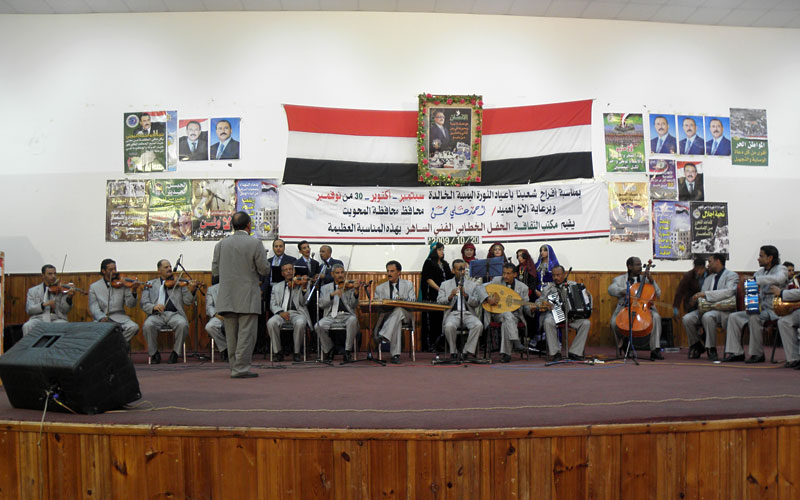 |
we were invited along with Yousuf to a great celebration by
the Governrate of Al Mahweet. We had a seat on the second row, just behind
the governar and his party. For an hour we listened to traditional and national
Yemeni music, which was performed live on stage. Just lovely and a momento
for life!
 |
 |
Heidi is interviewed by the Yemeni Television and Yousuf acts
interpreter.
 |
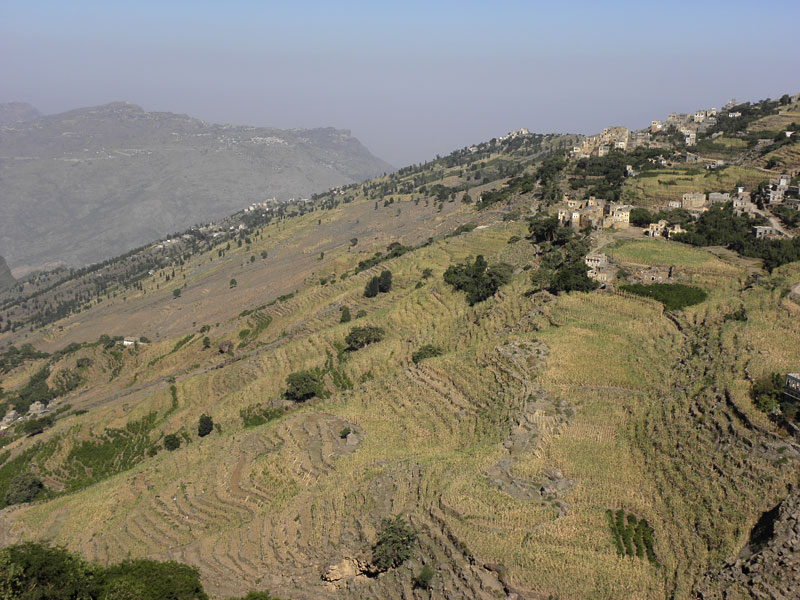 |
Terraces has been used in the mountains for centuries and
is a part of the Yemeni landscape.
 |
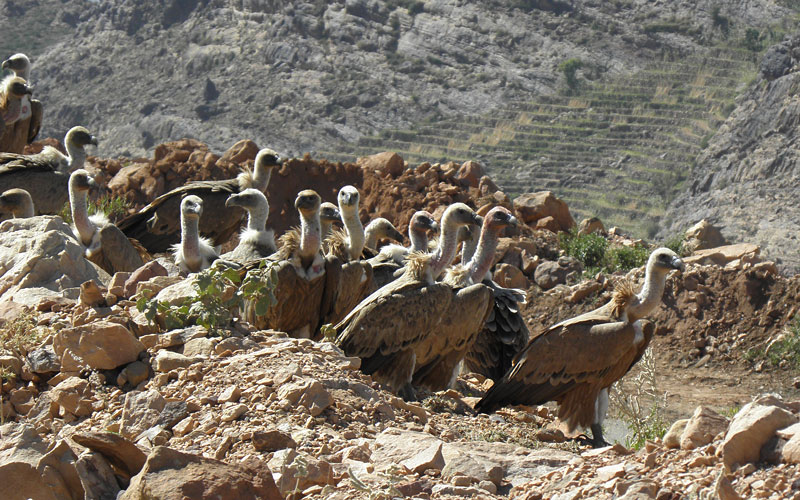 |
Griffon Vultures have found a dead cow (out of the picture)
a few metres from the road. The Yemeni farmers does'nt harass the vultures.
 |
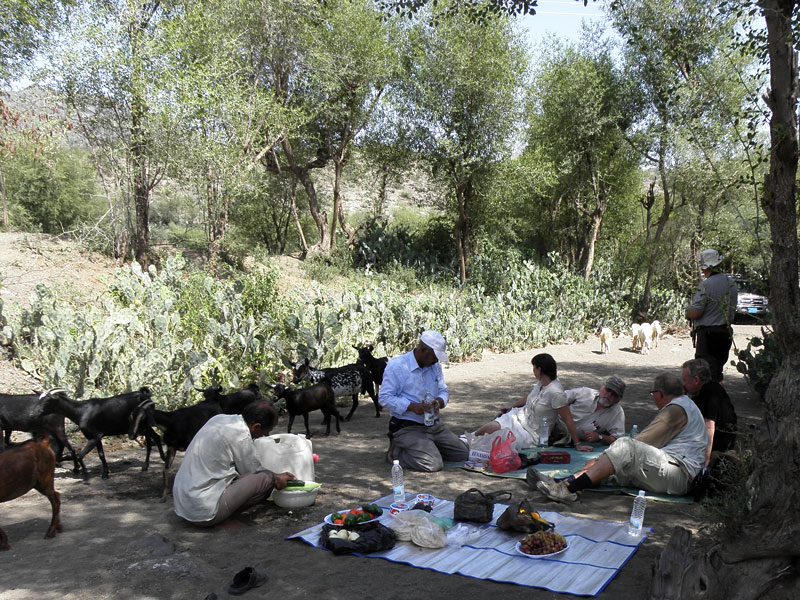 |
Picnic at Wadi Sari on our way to Al Hudeidah at the Red Sea.
 |
 |
When approaching the Tihama plain the style of womens clothing
changed to be more colourful. Wadi Sari.
 |
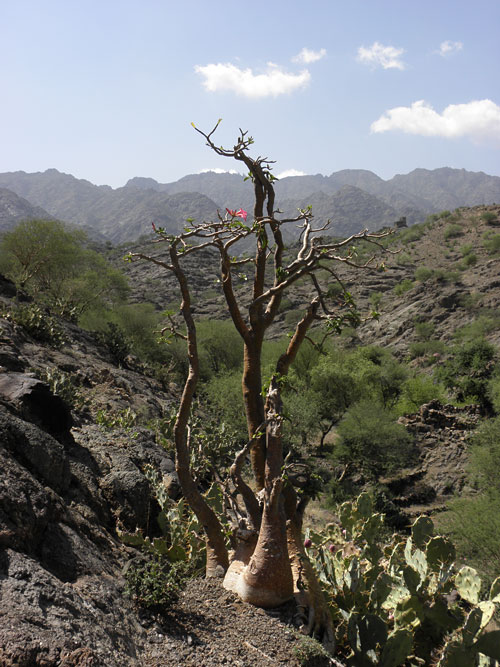 |
A Desert rose with one flower left.
 |
|
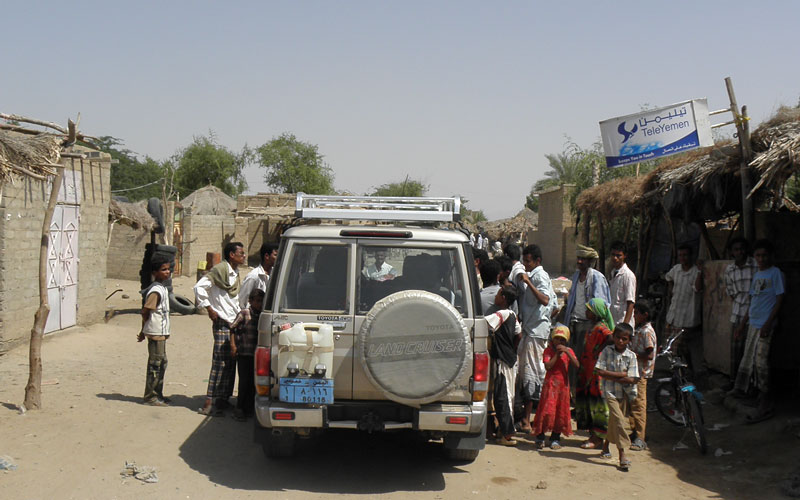 |
Every small village in the Tihama plain were suddenly involved
in our quest to find the very rare Arabian Bustard (named Loán by
the locals). We spent allmost a whole day in search for this most-wanted
bird.
 |
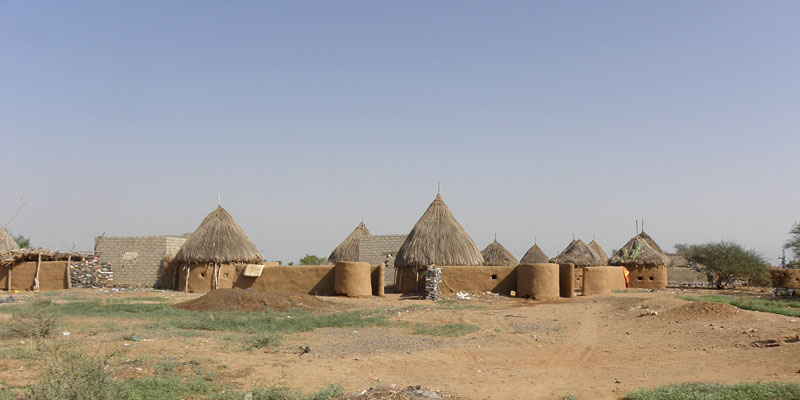 |
These round reed huts is the most common houses in the Tihama
plain. Despite the primitive appearance, their interiors are decorated imaginatively
and with great care.
 |
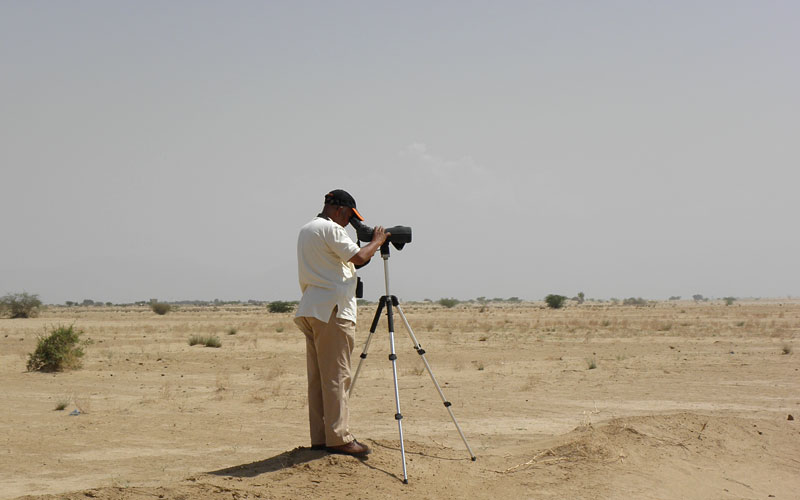 |
Yousuf is scanning a small part of the Tihama plain. It was
hot indeed. The locals told us that the best time to see Arabian Bustard
was in late afternoon. However, the bustard is nearly exstinct in Yemen,
so it's like looking for a grain of sand in the...
 |
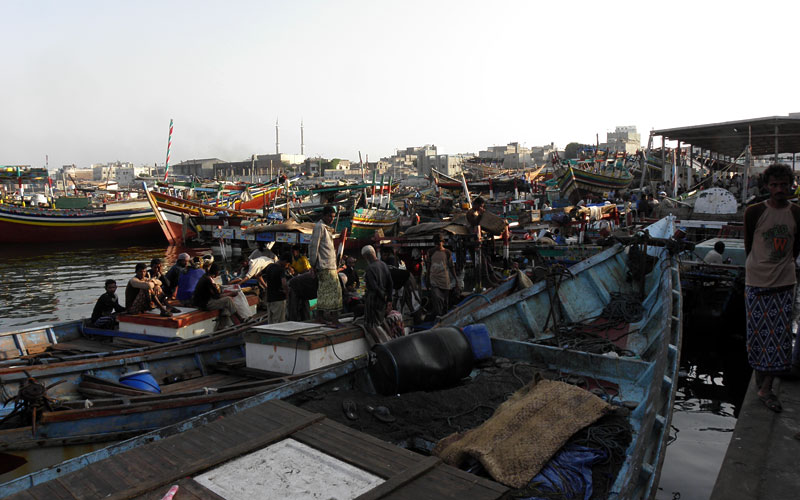 |
Early morning in the fishing harbour in Al Hudeidah. A reliable
place for White-eyed Gulls.
 |
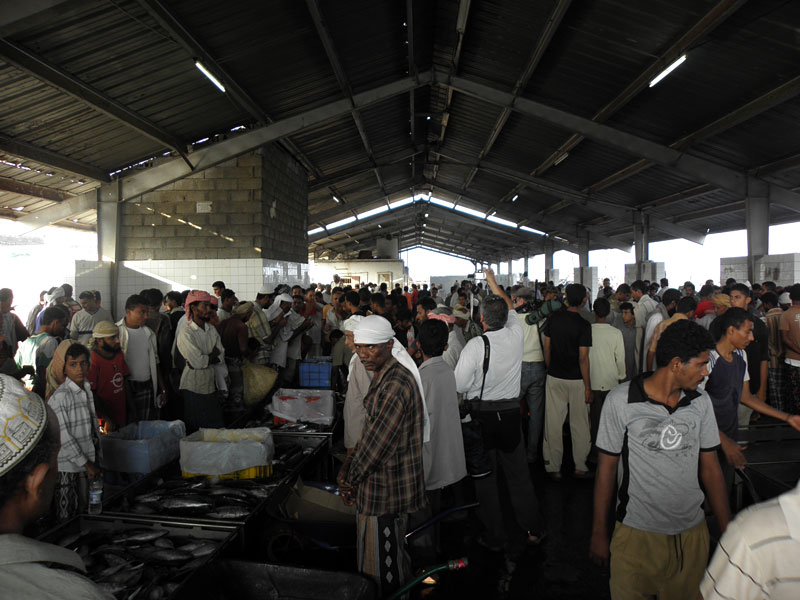 |
The fish market in Al Hudeidah. A wonderful, but chaotic,
experience. There were tunas, sharks, rays and lot of others colourful fishes.
 |
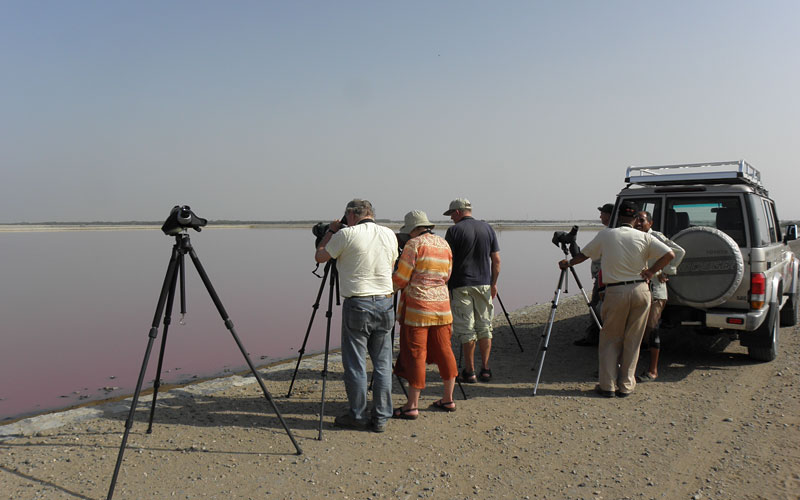 |
Birding at the sewage ponds outside Al Hudeidah. One could
have birding here for a day or two as it was impossible to cover the area
within a few hours. There was huge numbers of waders, ducks, swallows, White-winged
Black Tern and Lesser Flamingo.
 |
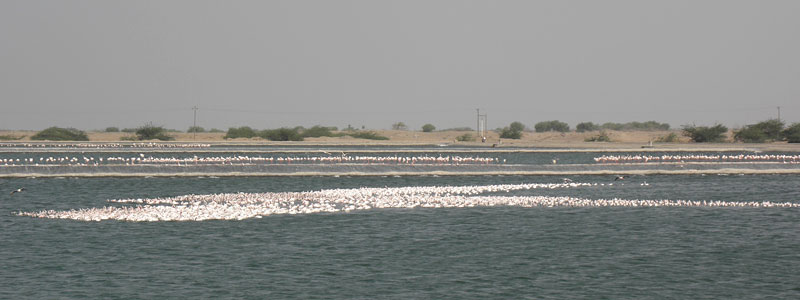 |
About 1700 Lesser Flamingos and perhaps 60 Greater ones were
seen at the sewage ponds outside Al Hudeidah. A few years ago it was the
opposite numbers, perhaps it can be due to the extreme dry season in Northeastern
Africa.
 |
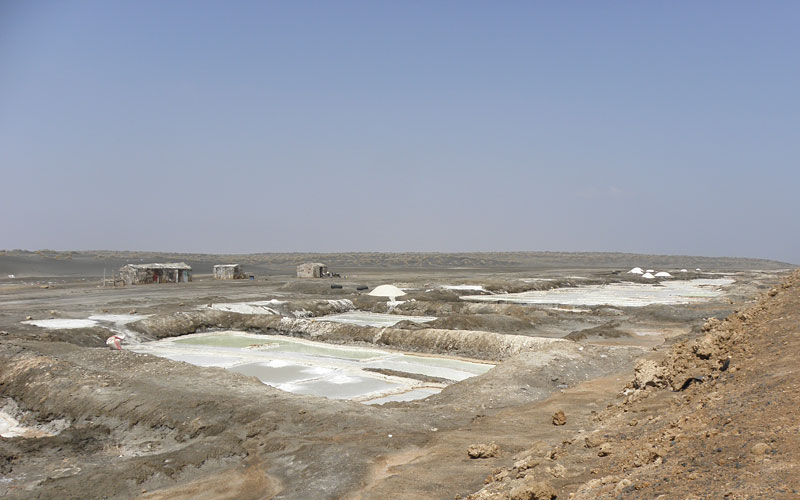 |
Salt pans at Saliff.
 |
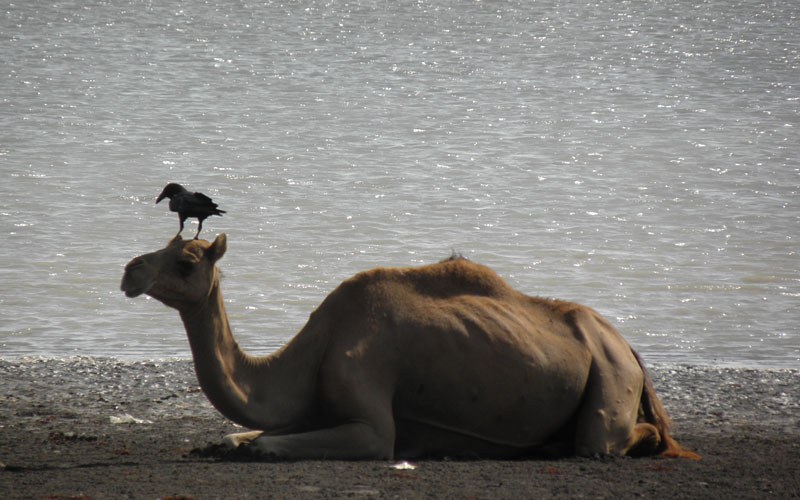 |
A relaxing dromedary at the shore in Al Urj. A Brown-necked
Raven taking care of the beauty.
 |
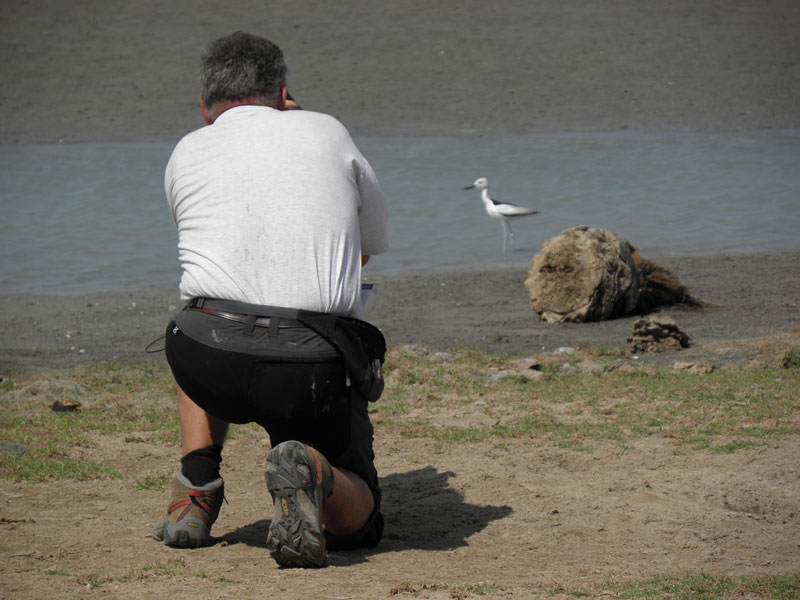 |
Ulf were able to get many close-ups of several beautiful Crab
Plovers at Khowkha. Adults still feeding their juveniles with small crabs!
 |
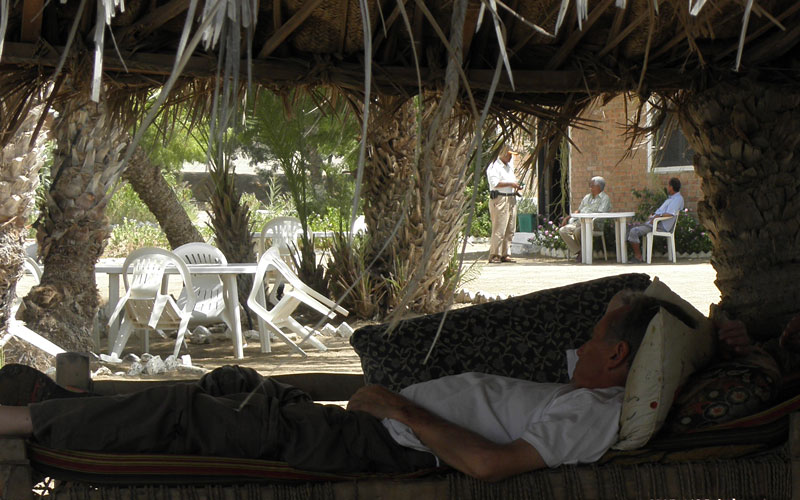 |
Kjell-Åke taking a power nap after the lunch, while
Yousuf and Abdulhadim having a chat with the owner of the place. A future
resort for birders?
 |
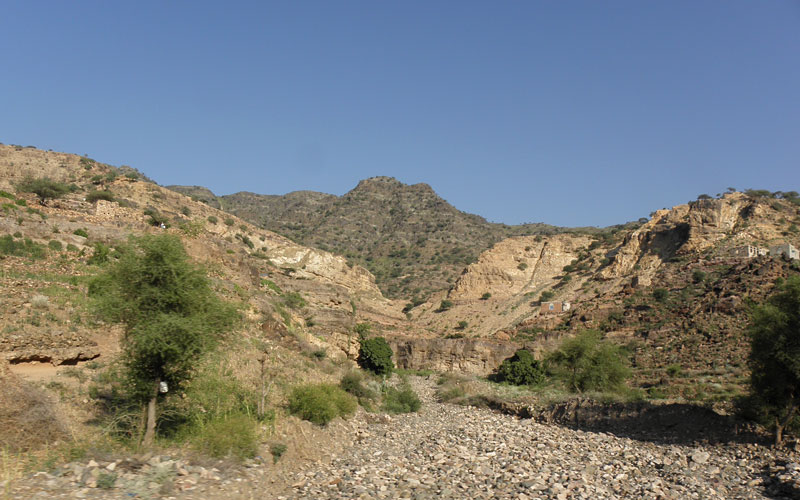 |
A nice small wadi outside Taizz.
 |
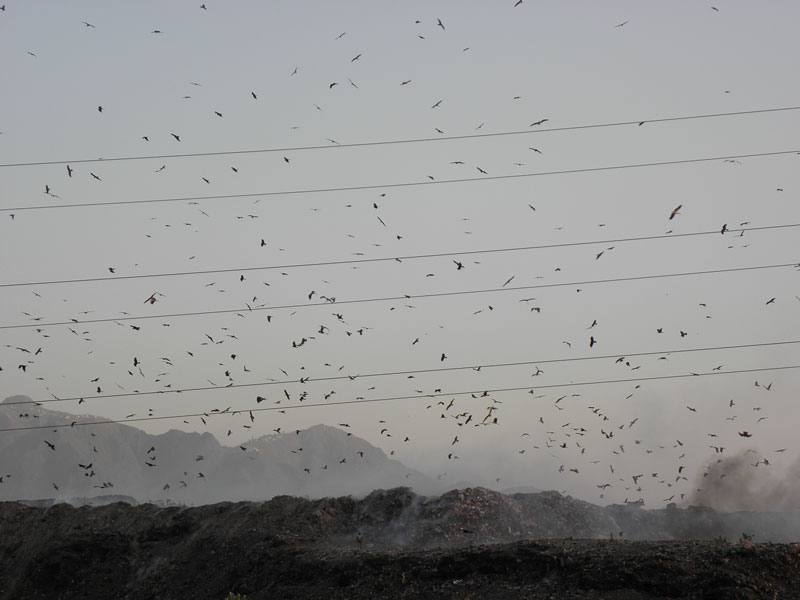 |
The huge dump just outside Taizz. Hundreds of hundreds of
Black Kites were seen in the beautiful sunset. All the Abdim's, White Storks
and Steppe Eagles not be forgotten.
 |
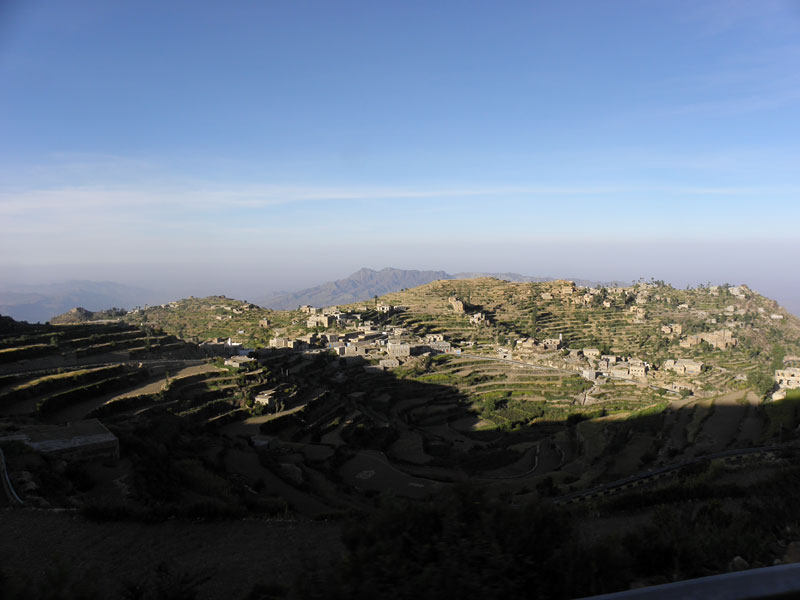 |
View from the peak of Jabal Sabir in early morning. Typical
terraces for agriculture.
 |
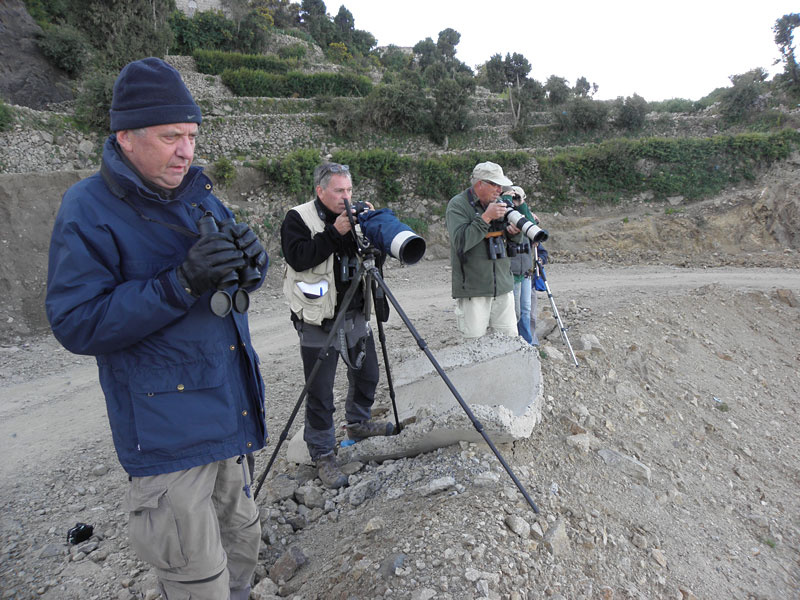 |
It was cold early in the morning at an alitude of 2860 metres
at the peak of Jabal Sabir. Kjell-Åke (left) was smartly dressed for
this event. However, at this very moment we found the first Yemen Accentor.
In total we saw at least five accentors and heard them singing for an hour
or so at this spot. In addition we record several Yemen Trushes, Arabian
Serins and Yemen Linnets.
 |
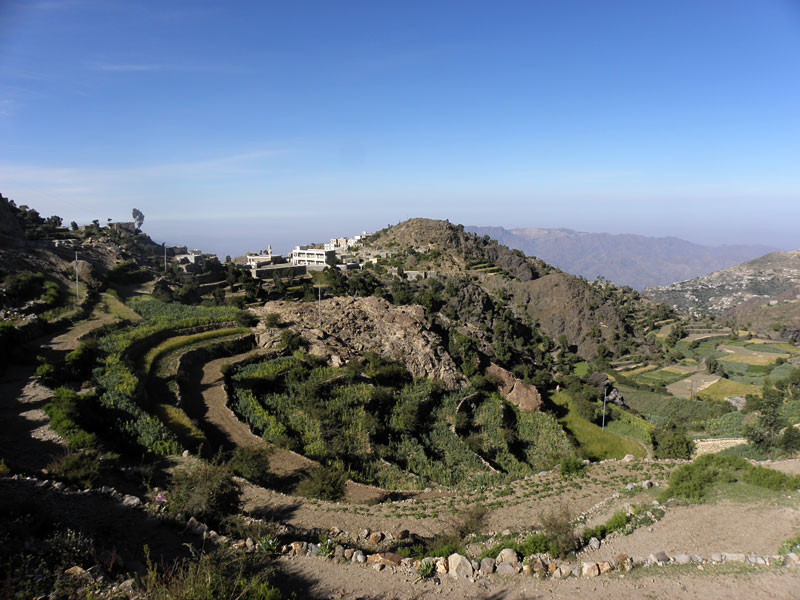 |
Nice agriculture area at Jabal Sabir.
 |
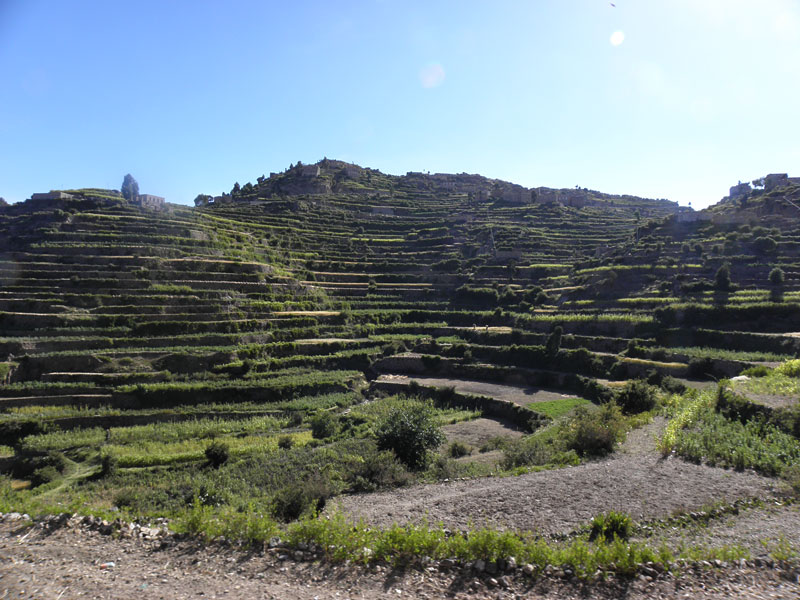 |
Terraces in the Taizz area.
 |
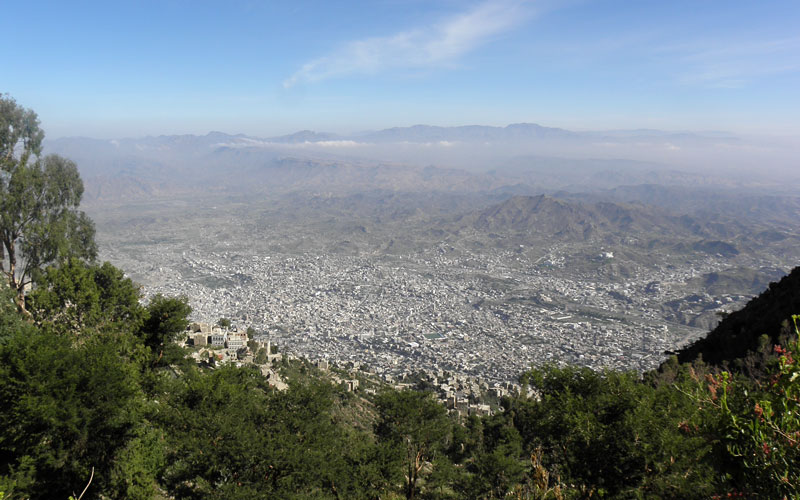 |
The huge city Taizz seen from Jabal Sabir.
 |
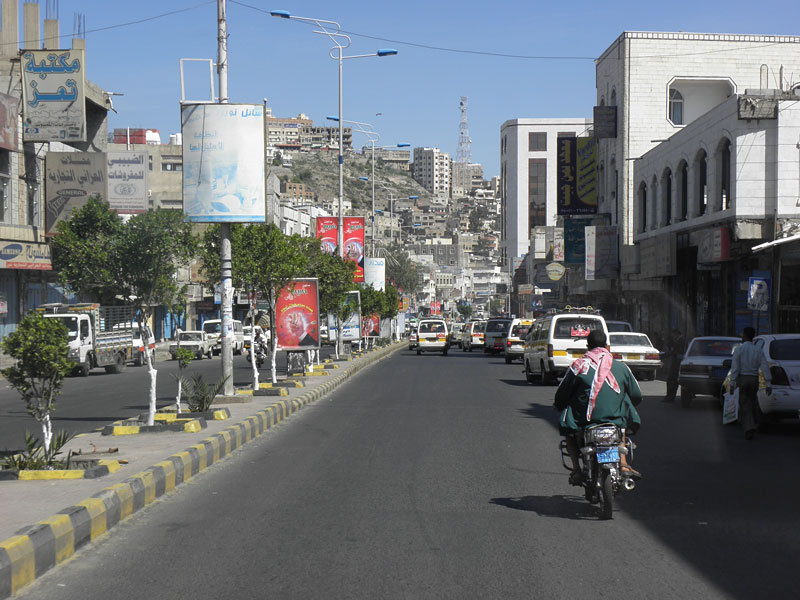 |
Taizz is probably the cleanest city in Yemen.
 |
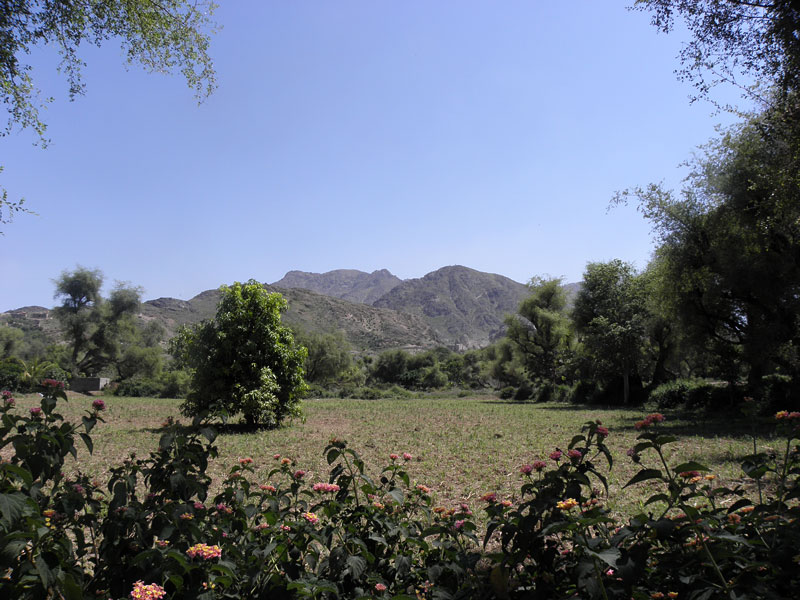 |
Agricultural area outside Taizz.
 |
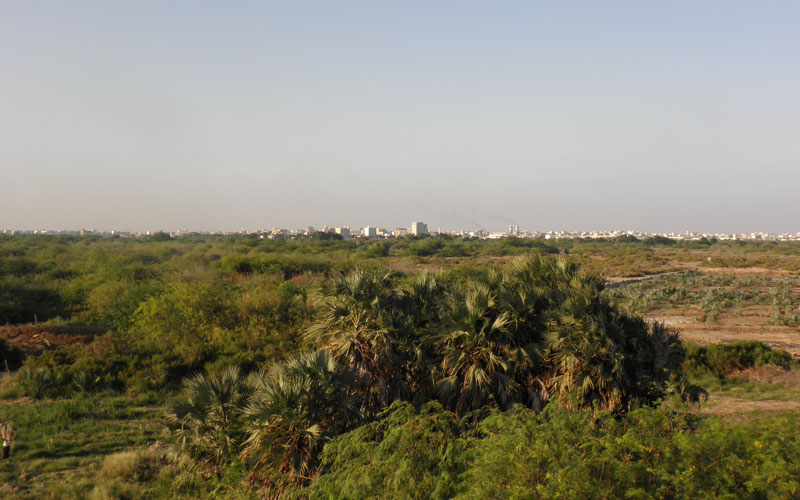 |
Aden marshes and the city of Aden in far background.
 |
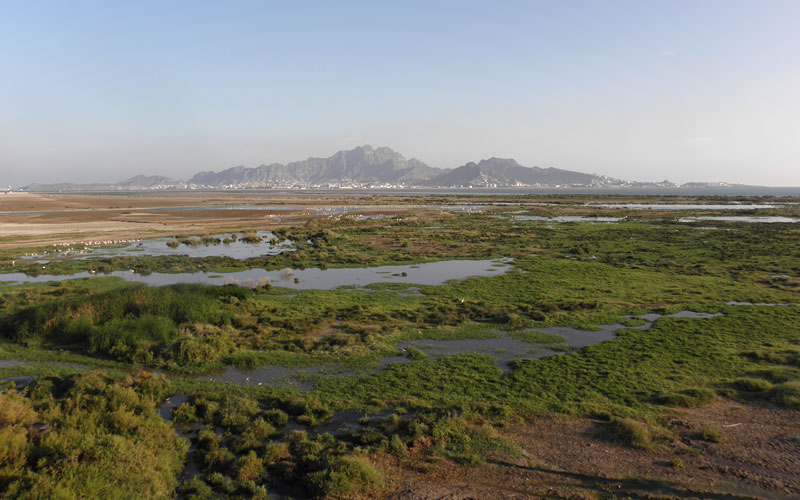 |
Aden marshes (Al-Haswa, which is a protected area), salt pans
to the left, the peak of Jabal Shamsan in far background and the Bay of
Aden inbetween. The marches held a vast numbers of herons, waders, terns
and lot of other species too. You probably need at least a couple of days
to cover the area properly.
 |
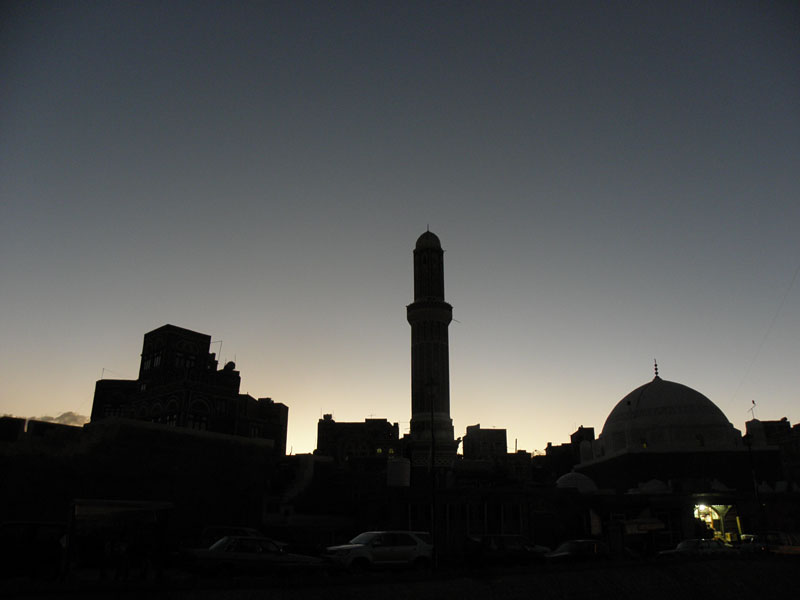 |
View from our last night in Sana'a. At 18:20 there was a power
failure, so it were sparse with light sources. However, the walk got even
more magical then in the gleam of the full moon!
 |
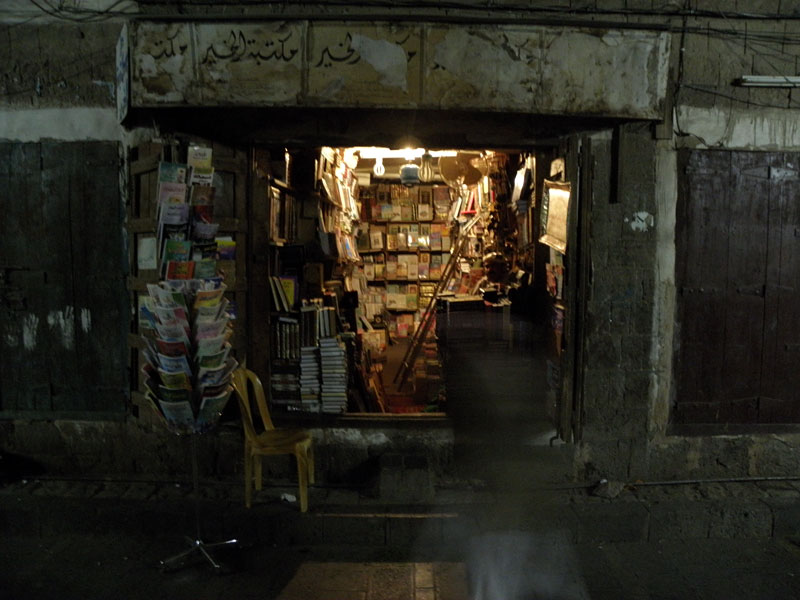 |
A lovely antiquarian in the Suq area of Sana'a.
 |
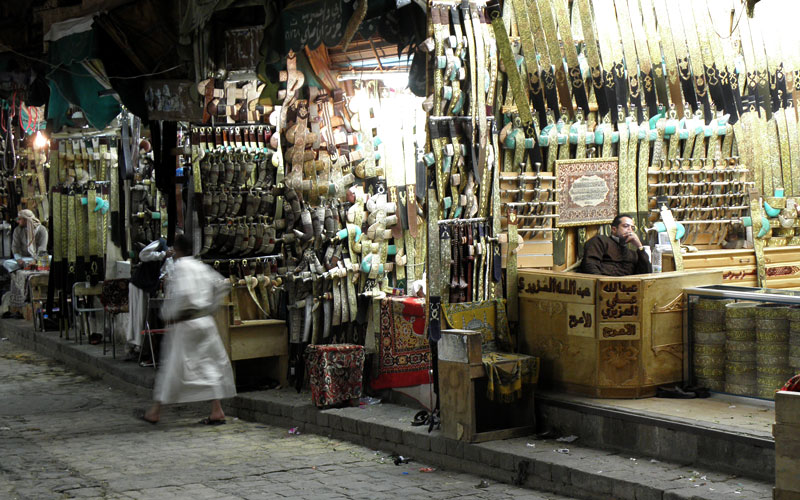 |
Jambiya shops in the Suq Al Mihl, old town of Sana'a. The
market (suq) zone actually consists of some 40 smaller suqs, each specialising
in a clearly defined sector of business.
 |
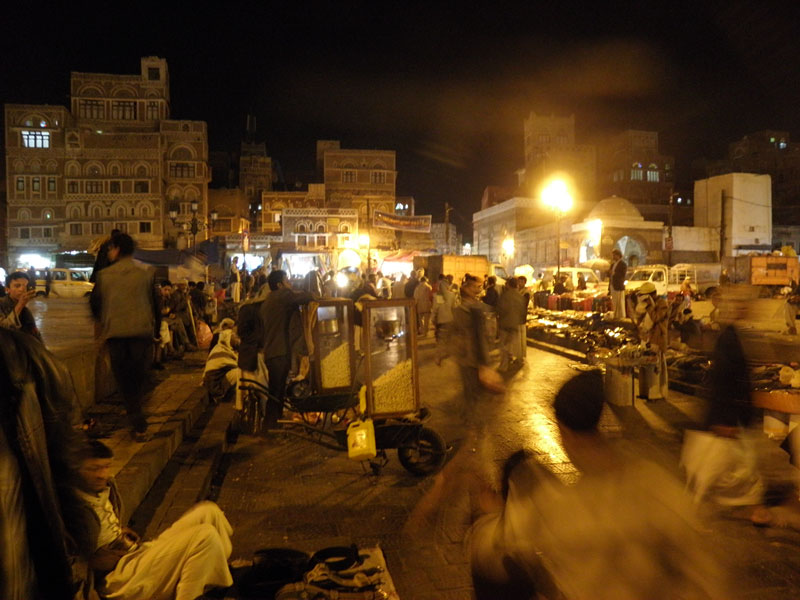 |
The entrance to the famous Suq Al Mihl in the
old town of Sana'a. A great experience. Like travelling back through the
history...
 |
| |
|
|






















































